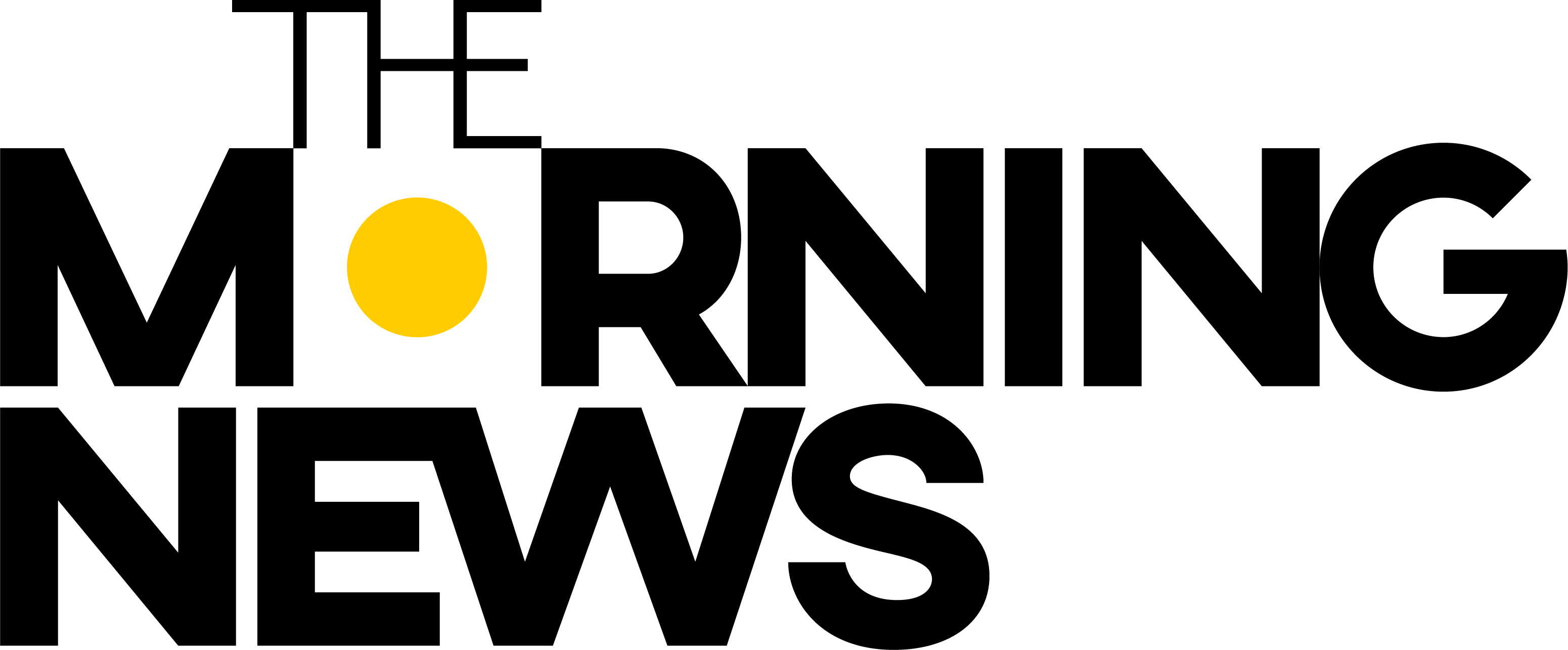After spending a burst of early holiday spending in the fall that helped bolster the holiday season, Americans cut spending sharply in December due to product shortages, rising prices, and the arrival of omicron.
The U.S. Commerce Department reported Friday that retail sales dropped 1.9% in December compared with 0.3% growth in November.
Compared with last year, department store sales were down 7%, restaurant sales were down 0.8%, and online sales were down 8.7%.
In its report from December, the Department of Commerce captures some of the effects of omicron on consumer behavior for the first time. Omicron was first identified by the World Health Organization in late November.
Consumer spending covered in the monthly retail report comprises just a third of total consumer spending. It does not include money spent on things like haircuts, hotel stays, or plane tickets, all of which tend to suffer during periods of high anxiety about COVID-19.
Retail’s largest trade group, the National Retail Federation, is crunching last month’s sales figures and will announce the holiday sales figures later Friday.
Despite the challenges facing shoppers and retailers, a record-breaking increase of between 8.5% and 10.5% is expected in comparison to the year-ago period.
There has been a shortage of workers due to the omicron variant, which has affected many sectors of the economy, including the retail sector. Supplies have also been scarce and have caused restrictions on products.
Restaurants and stores have cut their operating hours or stayed closed on days they were previously open.





